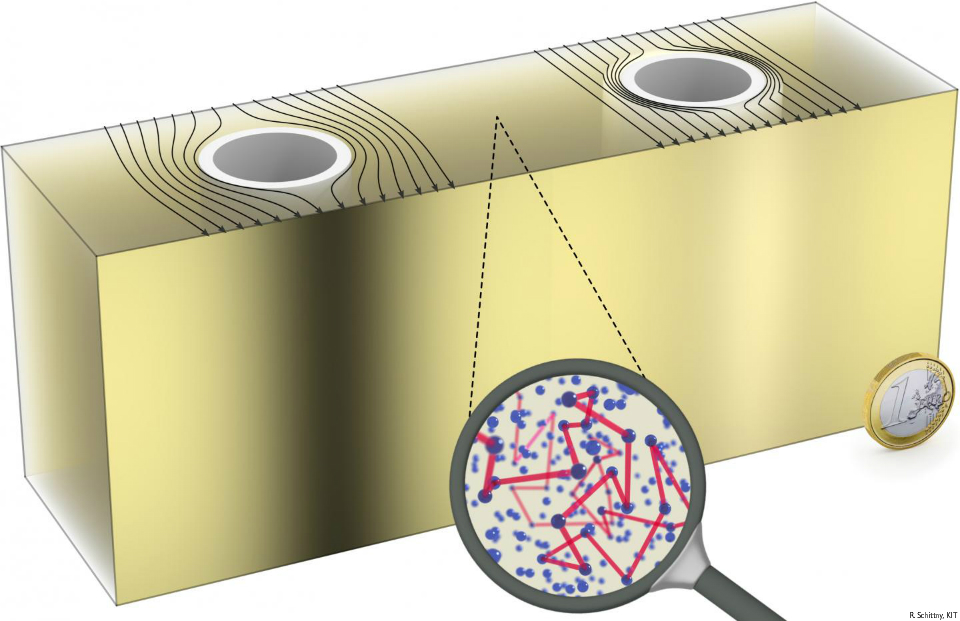Filtered By: Scitech
SciTech
Researchers develop portable cloaking device

We’re still a long way off from developing anything like the Invisibility Cloak from Harry Potter or the Romulan cloaking device from Star Trek, but we are one tiny step closer: German researchers have engineered a system that can render small objects practically invisible while inside a metal tube.
Scientists from the Karlsruhe Institute of Technology (KIT) in Germany have developed a portable setup that can be brought to classrooms and used for demonstrations.
It’s hypothesized that bending light around an object can render it invisible. The problem is finding a way to compensate for the increased distance that the light has to travel. In a vacuum or in air, there’s no way to speed up the detoured light.
The KIT researchers built their cloak using a hollow metal cylinder coated with acrylic paint and embedded in a block of polydimethylsiloxane (PDMS), an organic polymer. The PDMS is doped with titanium dioxide nanoparticles, which scatter light, whereas the acrylic paint on the cylinder diffusely reflects light.


Diffused light takes more time to exit the translucent material, enabling light travelling close to the tube to "catch up" and exit at the same time. The result is a shadowless object (right).
Scattering the light means slowing down its travel through the medium. The idea is that the light traveling through the PDMS will slow down to the point that it exits the material at the same time the light traveling through the cylinder passes through. The end result is that the core will become invisible.
“As we seemingly slow down the light everywhere, speeding it up again in the cloak to make up for the longer path around the core is not a problem,” said Robert Schittny, research project lead. — Bea Montenegro/TJD, GMA News
Tags: invisibility, invisibilitycloak
More Videos
Most Popular



